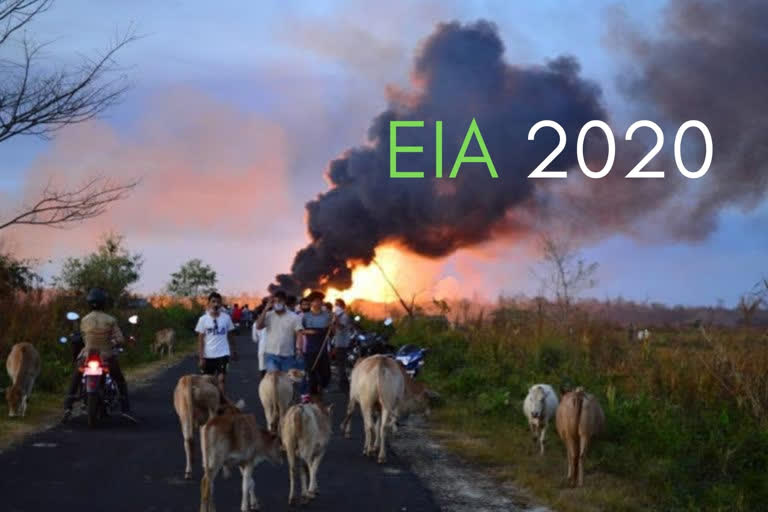Hyderabad: In the name of development, humans are destroying natural resources that are part of the ecosystem, causing a huge environmental crisis.
The resulting natural disasters are troubling the world. At the time of crises, there is an urgent need to further strengthen the process of granting environmental clearance for the development of industrial and infrastructure projects.
However, many of the proposals in the draft Environmental Impact Assessment (EIA) notification recently announced by the Centre are flawed. Establishment of industries and projects without obtaining prior environmental clearance has become a topic of discussion. The Centre has defended it as a highly transparent process aimed at expediting the process of issuing environmental clearance to industrial companies and projects.
Frightening consequences
It is a dangerous development that proposals are being drafted to allow industries to carry out activities without prior clearance from the Ministry of Environment. `Already many projects and industries are operating arbitrarily without official environmental clearance.
The recent accident at LG Polymers in Visakhapatnam, Andhra Pradesh, on May 7, 2020 is a good example for this. The facts revealed in the enquiry on the accidental leakage of stearin gas causing heavy destruction and loss of life create serious doubts if these permissions truly aim at developing the country. It is unacceptable that for the last 20 years LG Polymers has been operating the plant without environmental clearance.
On May 27, a fire broke out at the Oil India Limited mineral field in Tinsukia district in eastern Assam due to a natural gas blow-out, threatening the survival of the wildlife, flora and fauna in the area known for its rich bio-diversity. It has been revealed that though it is a public sector undertaking company and it has been extracting natural gas reserves for over 15 years without environmental clearance. Environmental Impact Assessment is a process conducted under the Environmental Protection Act (1986).
It is an arrangement intended to prevent immediate issuance of clearance as soon as industrial companies have applied for the creation of basic infrastructure. The main proposition in the draft is the government's discretionary powers in environmental impact assessment, limiting public participation towards protecting the environment. Projects related to national security and defence are generally considered under the 'strategic' category.
Discretion is important
According to the draft, information on projects is not required to be disclosed in the public domain. The result is that any project can be allowed to obtain environmental clearance in the garb of a ‘strategic’ category.
The notification includes a long list of projects that are excluded from eliciting public opinion. For example, environmental clearances are granted for construction projects of roads and pipelines in border areas of the country without public opinion.
As a result, there is a great threat to the very existence of diverse flora and fauna. Inland water transport and national highway expansion projects are also excluded. The proposal is to give a similar exemption to buildings with an area of one lakh and fifty thousand square feet. When the Centre announced this in 2016, it was rejected by the National Green Tribunal.
Environmental impact assessment and public opinion in the affected areas are the most crucial aspects of granting permits for projects. The local people should be involved in this process. This will enable people to know the information related to the projects being set up in their respective areas.




